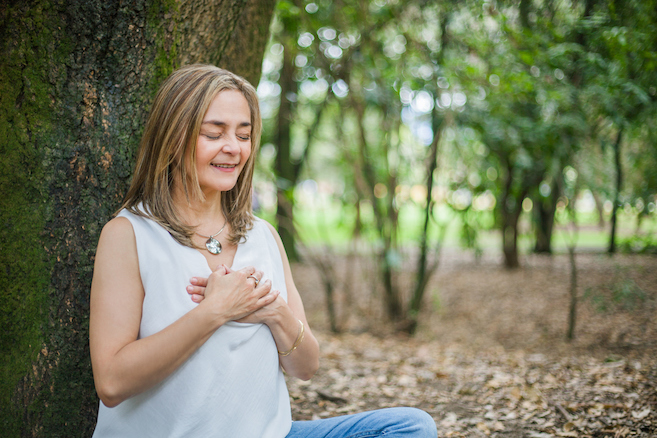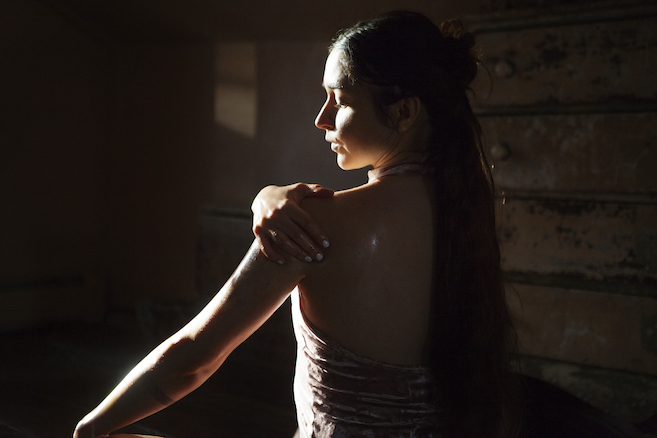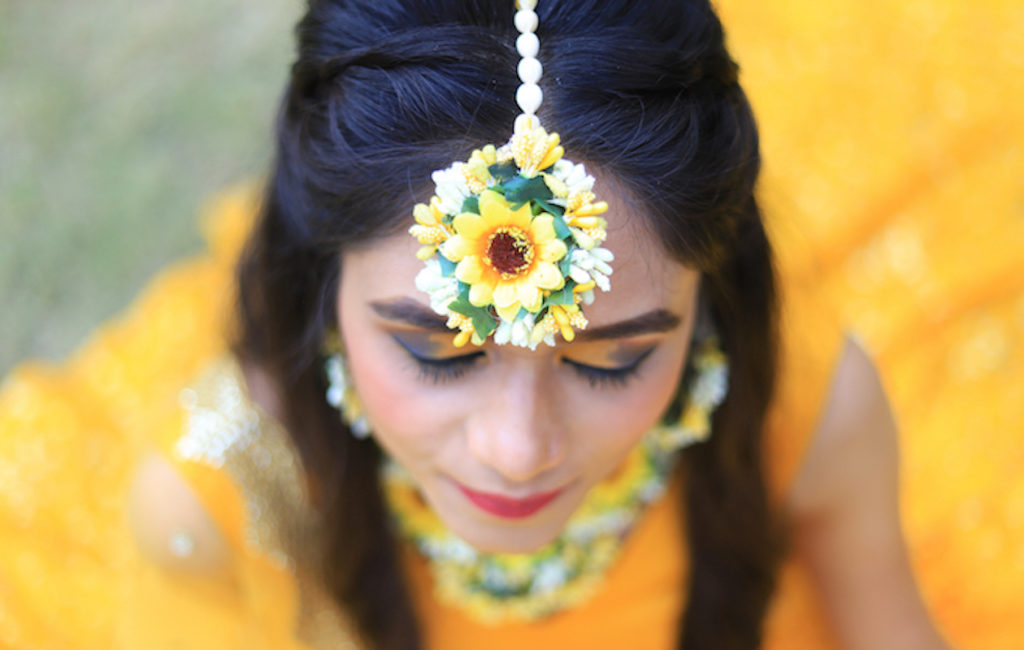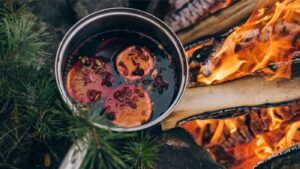Ayurveda defines the three pillars of beauty, and the secret to beauty is mastering these three pillars. They are outer beauty (roopam), inner beauty (gunam), and the beauty that lasts (vayastyag). Outer beauty is personified by radiance, energy, and immunity; inner beauty by a pure, clear, and calm mind; and everlasting beauty by the feeling that age is only a number. Ayurveda’s approach to beautiful skin doesn’t rely on products or treatments for temporary results, but instead focuses on habits to maintain these pillars.
In this article, we’ll introduce you to Ayurvedic beauty as an aspect of the Vedic lifestyle, starting with an overview of Ayuveda’s Skin Care Theory, and then moving on to specific diet and lifestyle practices for generating beauty from within.
What is Ayurveda?
Ayurveda is one of the world’s oldest forms of holistic medicine, developed thousands of years ago by ancient scientists who observed and learned the healing powers of nature. Ayurveda sees each individual as the healer and guides everyone toward a state of health and wellbeing by suggesting a unique path formed by diet and lifestyle behaviors. There is no “one size fits all” approach in Ayurveda. Nature created a “unique,” balanced you, and if you follow her laws, health and beauty are sure to follow!
Ayurveda skin care theory
Ayurveda takes a two-prong approach to mindfully managing and reversing both the effects of time and external factors on the skin. The approach is holistic (body, mind, and spirit) in nature, and consists of a number of diet and lifestyle recommendations.

Feeding beauty from within – the Inputs (Ahara)
Skin is nourished from the inside out through the concept of Ahara which includes intake of food, water, breath, and perceptions.
Food
Food feeds skin from within with appropriate foods such as cooked, leafy greens and fresh seasonal fruits and vegetables. Rich in natural antioxidants, these help protect the skin (twak) from damage by free radicals, reactive oxygen-based chemicals, which are widely linked to disease and aging.
Water
Drinking plenty of water helps maintain skin’s elasticity and flushes out impurities while helping to minimize wrinkles and soft lines. Water should be warm and sipped continuously throughout the day for optimal hydration and plumpness of skin.
Breath
The practice of pranayama or breathing techniques, such as Alternate Nostril Breath, helps calm the parasympathetic nervous system and reduce stress which causes chemical reactions in the body making skin more reactive and sensitive.
Perceptions
Spending time in nature and/or meditation brings deep relaxation and a heightened state of awareness allowing you to be mindful of stressors and make adjustments to avoid bodily reactions manifesting on the skin.

Live life beautifully through your actions (Vihara)
Vihara are the activities that influence your daily lifestyle and include proper exercise, adequate sleep, and components of your daily routine like washing your face and abhyanga or Ayurvedic massage.
Proper exercise
In moderation, exercise increases circulation, improves metabolism, releases toxins and impurities and keeps the skin soft, supple, and clear. It also helps to firm the skin and keep the body toned while strengthening the dhatus or deeper tissues. Healthy tissues provide bountiful Ojas which gives the skin a healthy glow.
Sleep
Sleep is the time when your body repairs itself. During sleep, your skin’s blood flow increases, and collagen production is initiated to help repair sun damage, wrinkles, and age spots. Ideally, you should sleep and rise with the cycles of the sun, resulting in the optimal 7-8 hours of sleep needed each day.
Daily routine
Begin each morning by washing your face to remove secretions produced during the night. Next, a full-body massage (abhyanga), with an oil suitable for your skin type, to increase circulation, flush out toxins, and keep the skin looking soft, smooth, and supple.
Determining the proper components and amounts of Ahara and Vihara for your specific body and skin type is dependent on your body composition (prakriti). To learn more about your body constitution, check out our blog article, Ten Ways Knowing Your Individual Constitution or Prakriti Can Empower You.
Study Ayurvedic beauty with us!
True beauty begins within and the secret to finding it is simply making a few adjustments to your diet and daily lifestyle. Would you like to learn more about Ayurveda’s approach to beautiful skin and hair? Join us for our 2-day workshop on Ayurvedic Skin and Beauty, June 24-25, 2023. Click here to learn more and register for the workshop.





